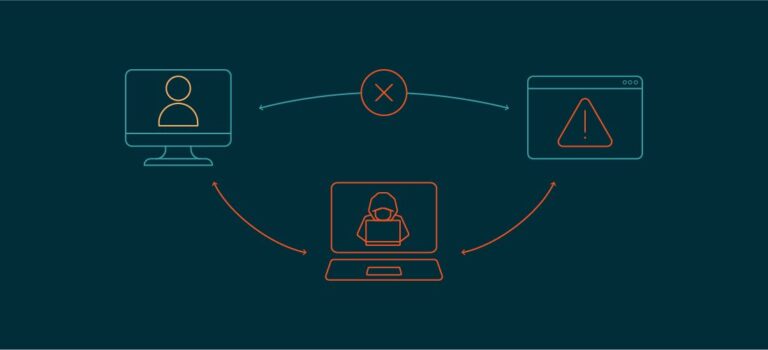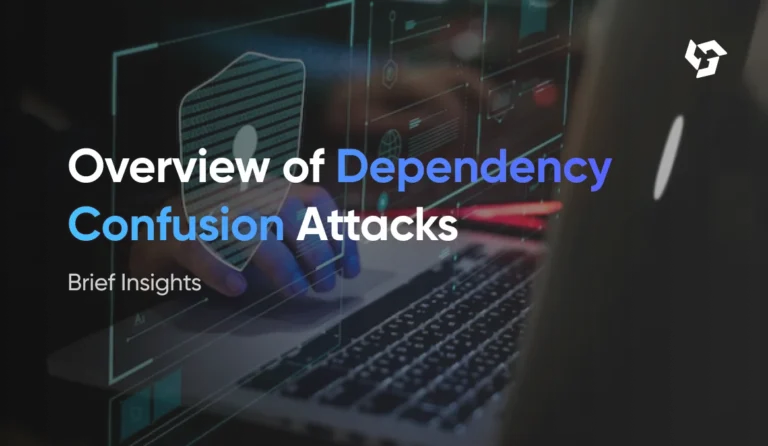The Power of Python: Why It’s One of the Most Influential Programming Languages Today
Introduction
In the ever-evolving landscape of programming languages, Python stands out as a true game-changer. Since its creation in the late 1980s by Guido van Rossum, Python has grown from a hobbyist’s tool into a language that powers some of the world’s most advanced technologies. From web development to artificial intelligence, Python has become the go-to language for professionals, startups, and global enterprises alike.
In this in-depth blog post, we will explore the power of Python—its simplicity, versatility, and growing ecosystem that makes it a must-learn for anyone in tech today. Whether you’re a beginner, an experienced developer, or a tech enthusiast, you’ll discover why Python is such a dominant force in the programming world.
1. A Brief History of Python
Python was first released in 1991 as a general-purpose language designed with an emphasis on code readability and simplicity. Named after the British comedy group Monty Python, the language was created to be fun and easy to learn. It incorporated best practices from other programming languages like ABC, Modula-3, and C.
Over the decades, Python has evolved through several major versions, with Python 3.x being the most widely used today. Each update brought enhancements in performance, security, and modern development standards.
2. The Simplicity That Empowers Developers
Python’s syntax is famously readable and intuitive, closely resembling the English language. This simplicity lowers the learning curve dramatically for new programmers. Here’s a quick comparison:
Python
pythonCopyEditfor i in range(10):
print(i)
Java
javaCopyEditfor (int i = 0; i < 10; i++) {
System.out.println(i);
}
This ease of use not only attracts beginners but also accelerates development time for professionals. Developers can focus more on solving problems and less on writing boilerplate code.
3. Python’s Versatility Across Industries
One of the most powerful aspects of Python is its flexibility. Here are some of the domains where Python excels:
a. Web Development
Frameworks like Django and Flask have made it easy to build secure, scalable, and powerful web applications with minimal code.
- Django: Great for rapid development with built-in admin panels, ORM, and templating.
- Flask: Lightweight and flexible, ideal for smaller or more customized applications.
b. Data Science and Machine Learning
Python dominates data science and AI due to its extensive libraries:
- NumPy and Pandas for data manipulation.
- Matplotlib and Seaborn for data visualization.
- Scikit-learn, TensorFlow, and PyTorch for machine learning and deep learning.
c. Automation and Scripting
Python is the first choice for automating repetitive tasks—from renaming files to scraping websites or managing server operations.
d. Game Development
While not the fastest, Python supports game development through libraries like Pygame, making it suitable for building 2D games and prototyping.
e. Cybersecurity and Ethical Hacking
Python is used in penetration testing, forensic analysis, and network scanning with tools like Scapy, Nmap, and Metasploit.
4. A Language for Everyone
Python’s philosophy of “There should be one—and preferably only one—obvious way to do it” fosters a unified programming style, making collaboration and code sharing easier.
Its community is inclusive and proactive in supporting:
- Beginners through tutorials and open-source contributions.
- Students through courses and competitions.
- Professionals with advanced documentation and libraries.
5. The Ecosystem of Libraries and Frameworks
Python’s power lies in its extensive and ever-growing ecosystem. Some notable libraries include:
- Requests: HTTP for humans.
- BeautifulSoup: Web scraping.
- OpenCV: Computer vision.
- SQLAlchemy: Database toolkit.
- FastAPI: Next-gen APIs.
This wide array of libraries allows developers to accomplish complex tasks with minimal code.
6. Python and the Rise of AI
Artificial Intelligence (AI) is one of the most rapidly growing sectors in tech, and Python is at its heart.
- Ease of use: Python allows developers to quickly test AI models.
- Community: Millions of developers share notebooks, research, and models.
- Performance: With the help of optimized libraries like NumPy and JAX, Python achieves competitive performance.
Python is now considered the standard language for AI projects across academia and industry.
7. Cross-Platform Development and Integration
Python runs on all major operating systems: Windows, macOS, and Linux. With tools like PyInstaller and cx_Freeze, developers can package applications for multiple platforms with minimal effort.
Python also integrates easily with:
- C/C++ (via ctypes or Cython)
- Java (via Jython)
- .NET (via IronPython)
- Web technologies (via APIs and REST frameworks)
8. Python in Education and Research
Universities and online platforms like Coursera, edX, and Udemy have adopted Python as the primary language for teaching computer science and data science.
Python’s simplicity helps students grasp fundamental concepts without being bogged down by syntax. It also enables researchers to develop and share scientific tools rapidly.
9. The Community Behind the Language
Python has one of the most vibrant and welcoming communities. From beginners asking questions on Stack Overflow to experts publishing advanced tutorials, the collaborative spirit is unmatched.
Events like PyCon, EuroPython, and PyData bring developers together to learn, share, and build.
Open-source projects like Jupyter Notebooks and Ansible are community-driven and have become standard tools across the industry.
10. Real-World Applications of Python
Python powers real products used by millions of people. Here are just a few examples:
- YouTube: Uses Python for video sharing and management features.
- Instagram: Backend services are built using Django.
- Spotify: Relies on Python for backend services and data analysis.
- Dropbox: Both the client and server software are written in Python.
- NASA: Uses Python for scientific programming.
Python isn’t just for hobby projects—it’s mission-critical.
11. The Job Market and Python’s Career Value
Python developers are in high demand. It consistently ranks in the top three programming languages in job listings across the globe.
According to multiple surveys:
- Python developers earn competitive salaries.
- Python is the most wanted and loved language (as per Stack Overflow Developer Survey).
- Learning Python can open doors in data science, web development, DevOps, fintech, and more.
12. Future of Python
Python continues to evolve. Projects like PyScript aim to bring Python to the browser. The Python Software Foundation (PSF) actively supports updates that improve performance, security, and usability.
With rising demand in AI, quantum computing, and automation, Python’s future looks brighter than ever.
13. Python vs. Other Languages
| Feature | Python | Java | C++ | JavaScript |
|---|---|---|---|---|
| Syntax | Simple | Verbose | Complex | Moderate |
| Speed | Moderate | Fast | Very Fast | Fast |
| Learning Curve | Easy | Moderate | Steep | Easy |
| Use Cases | Versatile | Enterprise | Systems | Web/Front-end |
Python doesn’t aim to replace all languages but instead provides a clean, readable option for a vast range of tasks.
14. Getting Started with Python
Starting with Python is easy:
- Download from python.org
- Choose an IDE: VS Code, PyCharm, Thonny
- Learn the basics: Variables, loops, functions
- Explore libraries: Try small projects with
requests,pandas, etc. - Join communities: Reddit, GitHub, Stack Overflow
15. Final Thoughts: Why Python Matters
Python isn’t just a programming language—it’s a gateway to innovation. Its power lies in its elegant syntax, active community, and wide-ranging applicability. Whether you’re automating simple tasks or building the next AI breakthrough, Python gives you the tools to succeed.
In a world where technology is changing fast, Python remains a steady, powerful force—empowering people from all walks of life to create, innovate, and transform the future.
What’s Next?
If you haven’t started your Python journey, now is the perfect time. The tools are free, the community is welcoming, and the possibilities are endless.
Feel free to check out our other blog posts for project ideas, tutorials, and real-world use cases to continue your Python journey.






